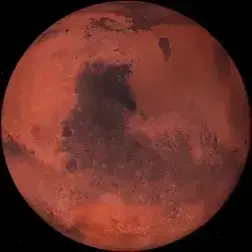- cross-posted to:
- astronomy@mander.xyz
- space@beehaw.org
- cross-posted to:
- astronomy@mander.xyz
- space@beehaw.org
Citations and links to related videos on the video description.
Summary generated with claude.ai from the video transcription:
The ‘final parsec problem’ refers to the fact that the math predicts supermassive black holes at the centers of merging galaxies should stall at around 1 parsec separation and never actually merge. This contradicts observations suggesting supermassive black holes do merge over time. The problem arises because at around 1 parsec separation, the black holes have cleared out all stars/gas so can’t lose more energy to get even closer. Gravitational waves only help below 0.01 pc. The upcoming LISA gravitational wave detector should detect mergers and help solve this problem - either the math is wrong and mergers happen, or mergers don’t happen and the math is right.



What are the most interesting implications of they do or don’t merge?
(Not an expert… by far, those who know more please correct me)
From what I understand in the video… it would only be interesting if they are merging because it doesn’t match with the theory, so they would need to find new processes to explain it.
If they are not merging, then there aren’t many implications really. One of the reasons why it’s so difficult to tell if they are merging or not is because it doesn’t make much of a difference. Two possible observations mentioned in the video are:
deleted by creator